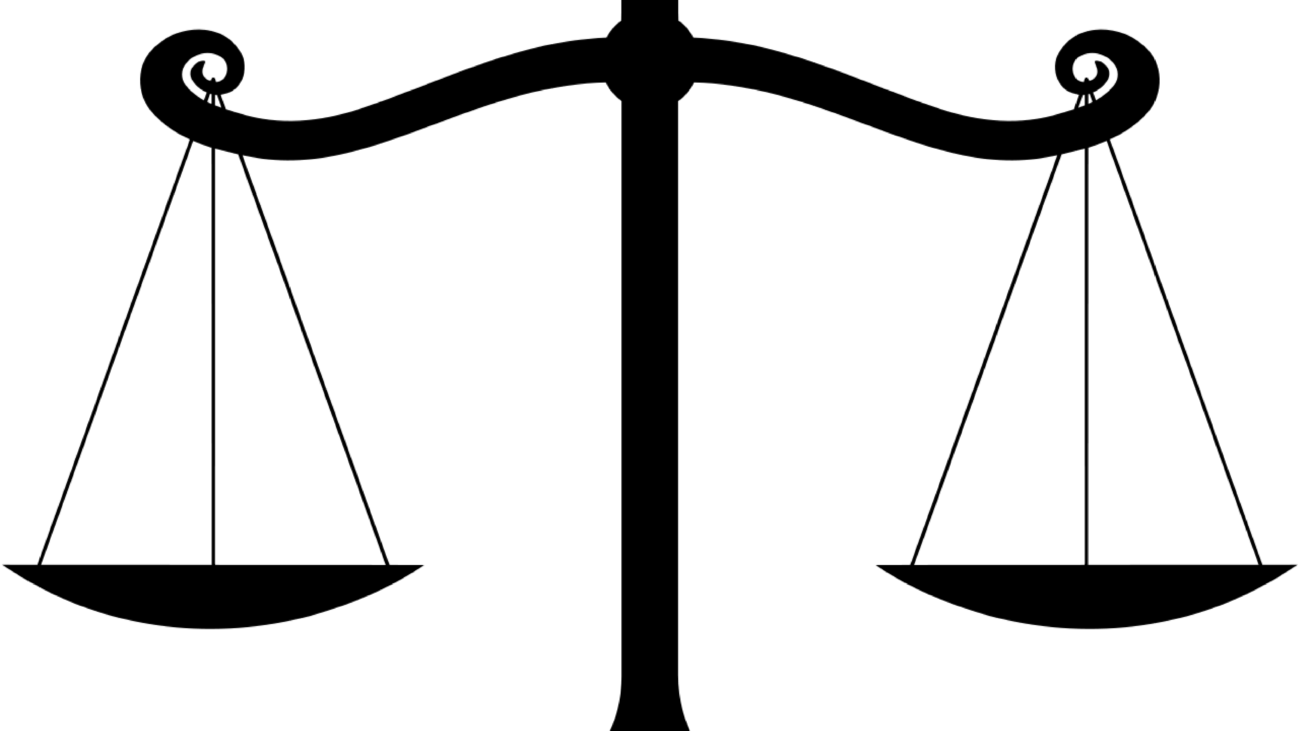Occultists could benefit from a more robust understanding of what a symbol is.
I tend to see three (implicit) accounts of symbols:
(1) A symbol is what you (find useful to) see in it. This one is common in OTO, based as it is on individual choice norms. You and I might disagree on what a symbol is, but that’s great, because everyone ought to form their own relationship with symbols, especially if that relationship expresses their true will. It’s all about what works best for you on your journey of … whatever.
(2) In order to understand a symbol, you need to know its history. To understand Baphomet requires you to not only read all the things Crowley wrote about it but also to understand Levi’s use of it and probably the history of the Templars. So then you have this constellation of “correspondences”—but then what? Basically you just project a face on to a cloud. The Rorschach blot is larger now, but this is still basically the first account.
(3) Symbols just encode concepts. You can dispense with the obscure pictures and just represent all of it with words, doctrines, beliefs, etc. This is basically the opposite of (1) and (2). The meaning of the symbol results from the proper conceptual understanding of what the symbol represents. But then why are symbols so prevalent across cultures? Are people just thinking poorly? Why do they remain so tempting if we can cash it out all once and for all with concepts?
I think all three are at least partial if not wrong.
The problem with (3) is that it assumes the truth of the symbol is purely a matter of correct representation or belief. I form a conceptual picture in my head that either does or does not adequately match some state of affairs in the world which the symbol itself is also attempting to represent. Instead I think we should understand symbols as creating embodied relationships between us and truth. For example, scales represents justice, because there is something about our need to maintain physical and physiological balance in the world that is intimately connected with the abstract concept of justice. The symbol in this case creates a link between something abstract and invisible (grasped in the neocortex) and something concrete, sensible, and embodied (encoded in the cerebellum). A lot of symbols are like that, which means they cannot be understood purely on a representational or propositional level. They should also be understood (at least) on a procedural level (know how as opposed to know that).
The problem with (1) and (2) is similar to the problem with (3): it’s still all in your head. Whether your beliefs are supposed to represent some objective state of affairs “out there” or whether you are creating and imposing your beliefs on the world, we’re still purely at the level of beliefs. What’s more obvious in (1) and (2) is that we’re missing a transformative dimension. If symbolism is all about creating and projecting beliefs on to things, it’s unclear how you ever learn anything. You have to assume all the truths are already inside of you; so you’re essentially committed to rationalism (which is bad!). By contrast with that, I can teach you something essential about justice by knocking you off balance.
Basically I think a symbol takes something we think we understand and opens us to the depths of it. We think we know what justice is. We think we know what a human being is. We think we know truthfulness is. A symbol forms an embodied connection between the unseen depths of some reality we think we know and the unseen depths of ourselves who we also think we know. It’s through that religio or binding between the two that the intercourse of learning takes place. Unlike in the case of simply taking in some theoretical knowledge, learning at the symbolic level—what might count as an initiation—necessarily also transforms you.
It’s actually another reason symbolism is so useful to fascists. Fascism doesn’t just create people with fascist beliefs. It creates people with fascist ways of feeling (fear and hatred of outsiders), fascist ways of being in the world (a member of a group imperiled by sexual deviants and “groomers”—note the connection between the abstract concept of “enemy” and embodied sexuality), fascist way of perceiving (healthy us vs diseased other—note connection between abstract group identity and physical health) in addition to fascist ways of thinking (“everything we see is the work of globalist elites”).
